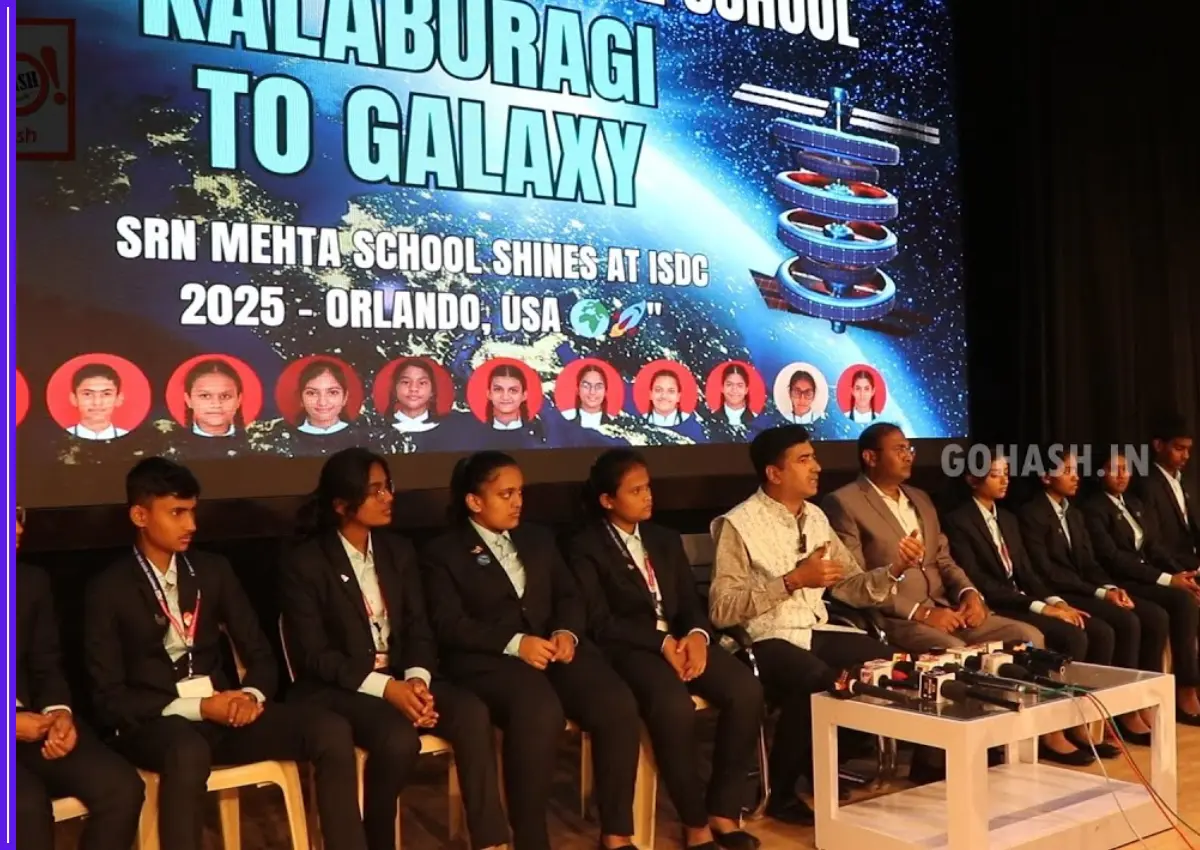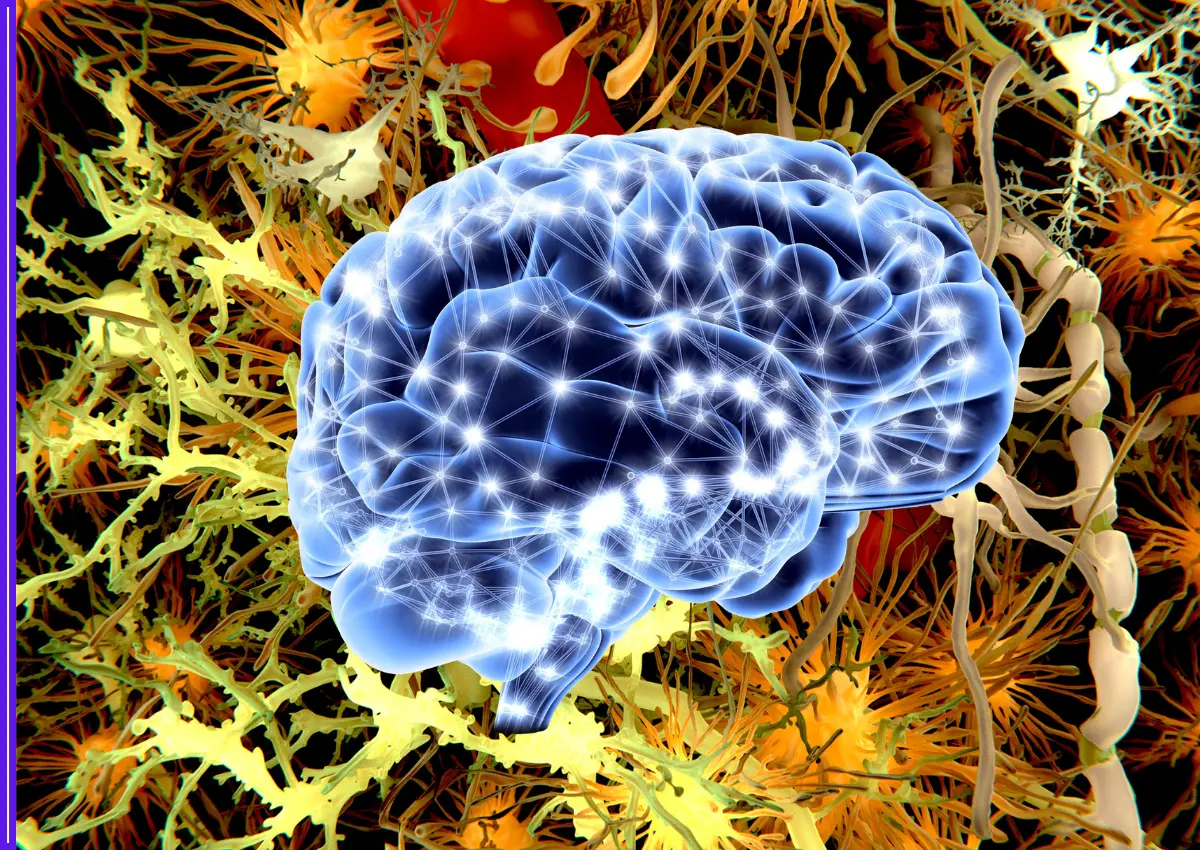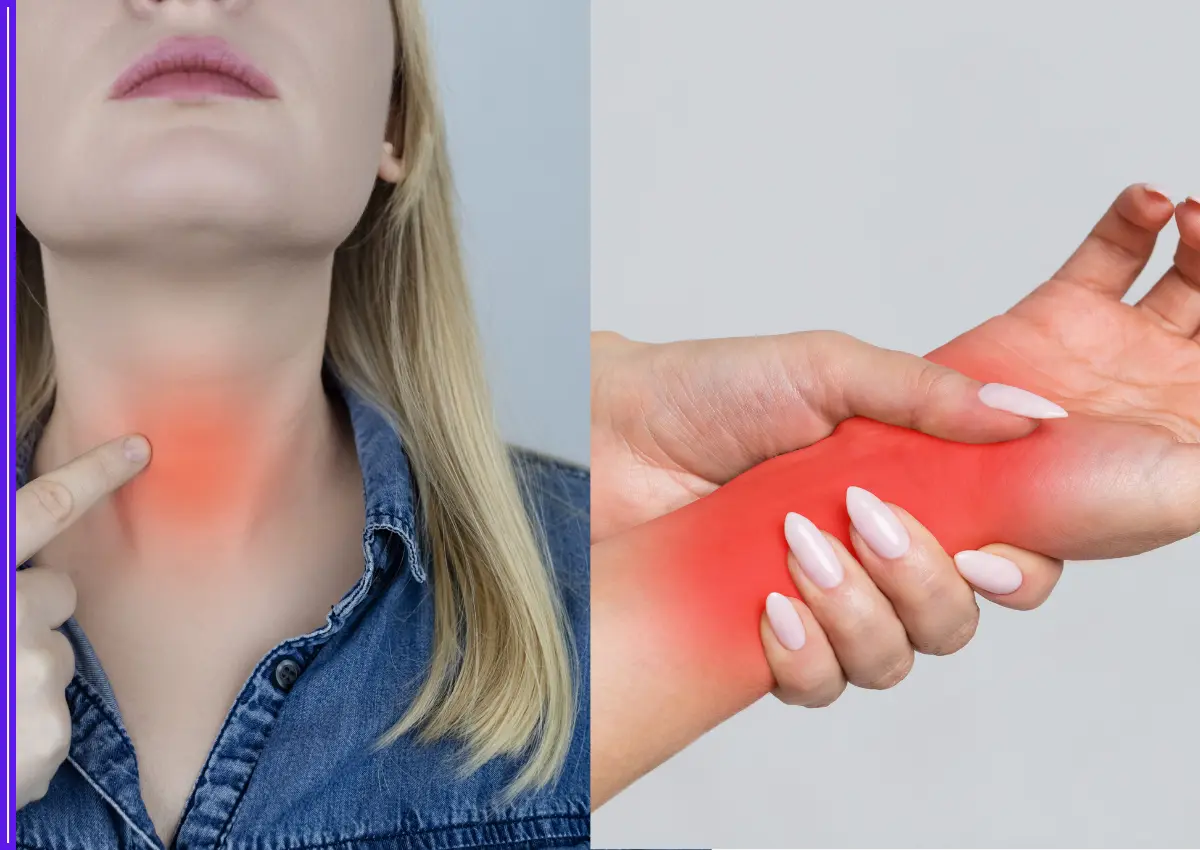In her village in the hills, 53-year-old Shaily from the Radhe Krishna self-help group (SHG) or Pahari Rasoi from the Doiwala block in Uttarakhand grows mandua (Ragi). She operates the Pahari Haat, sometimes called Pahari Rasoi, with other women from various SHGs. They create and market distinctive millet recipes, particularly Mandua or Ragi. The group relocated their stall to the Saras Food Festival, which is being held from December 1 to December 17 at Handicrafts Bhawan, Saras Gallery, Baba Kharak Singh Marg, and is being organised by the Ministry of Rural Development under the auspices of Aajeevika, or the National Rural Livelihoods Mission (NRLM), after experiencing strong sales at the India International Trade Fair (IITF) this year.

The Saras food festival is a fusion of traditional recipes, indigenous cuisines, cultures, and flavours. It features a wide range of specialties, cuisines, and delicacies from over 21 states, showcasing the skills of over 150 women entrepreneurs who are supported by self-help groups (SHGs) powered by Aajeevika – National Rural Livelihood Mission (NRLM).
“The government provides us with everything, including clean drinking water bottles, eco-friendly cutlery, kiosks, and other necessities. We are thrilled to do our part and add to the “Mota Anaj” or millet space, as Mandua is drawing attention to India on a worldwide scale. Wearing a traditional Kumaoni Nath (nose ring), Shaily speaks in Hindi.
Following the conclusion of the IITF at Pragati Maidan at the end of November, a gathering of SHG members, rural chefs, artists, and handicrafts men and women convened at Saras Gallery. This venue was chosen strategically to host regional specialties due to its proximity to state emporiums, which feature handicrafts and handlooms from various states across the nation.
The Saras Aajeevika festivals (melas) in Delhi are held in different years to honour Indian handicrafts, handlooms, local talent, and delicacies. Handicrafts, Pashmina, and Aari work needlework from Jammu and Kashmir are displayed at a separate pavilion during this festival edition. The state’s dry fruits, Kashmiri Kahwa tea with saffron, and the customary “Namak ki chai,” or afternoon tea, are a few of the local delights that are offered here.
Radhe Krishna SHG women like Shaily are experts at making traditional dishes like Mandua pani puri, momos, traditional bal mithai, and Jhangore ki Kheer (barnyard millet). Since 2023 has been designated as the International Year of the Millets, the Government of India has given millets a significant boost, which has drawn a lot of people to the ragi/mandua pani puri counter. At the event, a platter with 12 filled puris costs INR 100.
At the Kiosk, Shaily and other women made fresh puris and ragi dough. When I asked her how these programs benefit other women back home, she explained that state-led programs that support local specialisations reduce urban migration and preserve family units. According to her, cooking together fosters a strong sense of community among the women in the village, and this helps them develop their business skills.
Similar to Shaily, Dorjee Chojon (age 31) from Lubrang Self-Help Group in Arunachal Pradesh is occupied with cooking ethnic butter tea and “shiitake” mushroom momos in the traditional vessel. She claims that these kinds of activities have given the 10 women in the organisation economic empowerment. They cultivate rice in their native fields. She has placed several native star anise kinds, spices, and rice they bought from the state on the stall. In the northeastern states, shiitake farming and mushroom entrepreneurship have fostered women-led businesses.
Saras, adorned with exquisite lights and lanterns suspended from ancient heritage trees, showcases her natural entrepreneurial abilities and encourages rural food entrepreneurship around the nation. Among the many delicious dishes to savour from across the nation are special chai and litti chokha from Bihar, gatte ki sabzi from Rajasthan, seasonal makke ki roti, and sarson ka saag with gur from Punjab, Kashmiri kahwa tea and “namak ki chai” or noon chai, tea from Assam, and black rice kheer. Additional booths featuring handicrafts include Madurkathi mat works from West Bengal, Channapatna toys from Karnataka, and Khurja, ceramic works from Uttar Pradesh.
All things considered, the way the festival manages to involve engaged citizens offers new prospects. To ensure interaction between people and rural SHG members, the festival can be made truly participatory by incorporating elements such as dining areas, testimonial boards with messages from visitors, announcements encouraging people to try different cuisines, and makeshift washbasins. These festivals also serve as crucial advocacy tools by educating the public about women-led enterprise, the value of homemade or traditional food, and rural lifestyles.
In festivals like Surajkund, Delhi Haat, Saras Aajeevika, and the IITF, where a wide range of products are promoted, perhaps more stalls and kiosks supporting other women enterprises that are involved in preparing other delicious delights like jams, pickles, and forest produce could have also been showcased. The goal of programs like “Ek Bharat Shreshtha Bharat,” which promote women-led businesses and cultural capital while fostering cultural exchanges and integration, is strengthened by the presence of Indian specialties under one roof.





